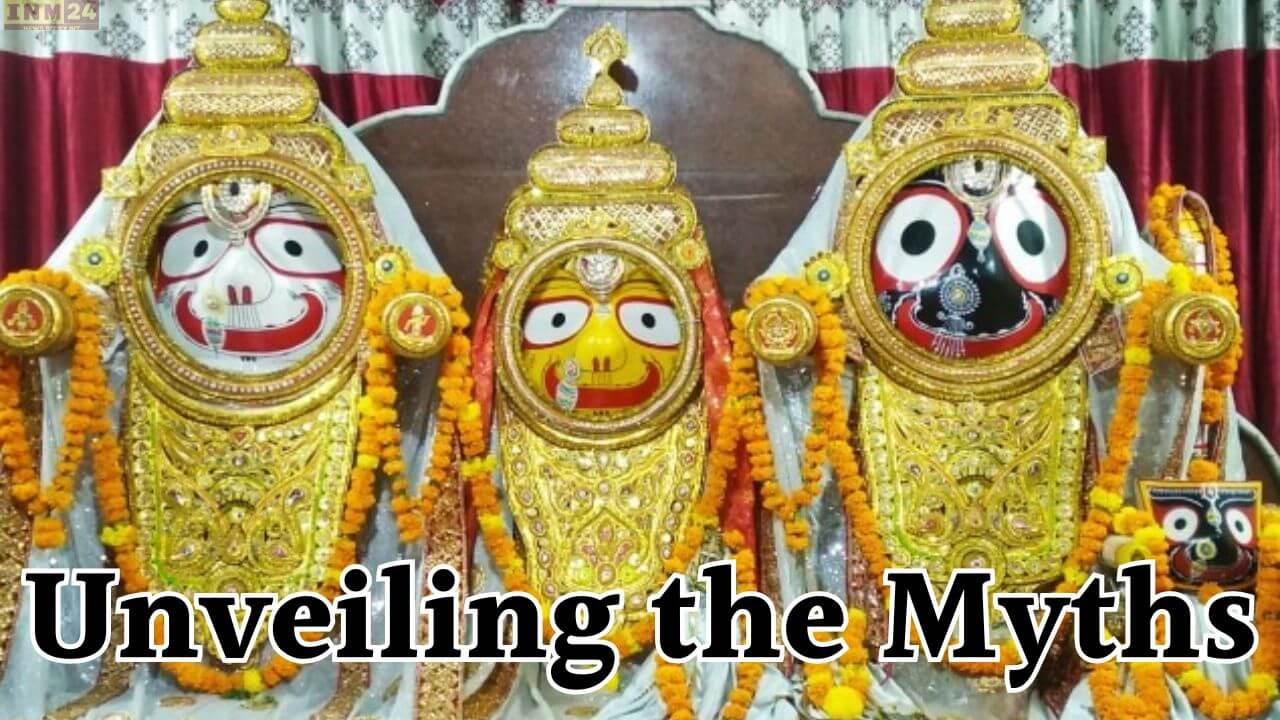In Hinduism, the tradition of offering bhog (food offerings) to deities is considered essential to complete the worship ritual. Whether it’s a festival or any religious activity, offering bhog has been a tradition for centuries. Some offer sweets, some offer panchamrit (a mixture of milk, yogurt, honey, sugar, and ghee), while others offer fruits. People offer bhog according to their preferences, aiming to please the deity.
Offering a couple of dishes as bhog is quite common. However, have you ever wondered why Lord Jagannath receives not one or two but a total of 56 offerings? Today, we delve into the depths of this practice and uncover the significance behind it.
The Mythological Tale
There are several mythological tales associated with why Lord Jagannath is offered 56 bhogs. One such story narrates an incident from Braj where King Indra was being worshipped to please him for rains. Lord Krishna questioned the necessity of worshipping Indra, stating that rain is the duty of the clouds, not Indra himself. Upon Krishna’s suggestion, the people of Braj began worshipping Govardhan Parvat (Mount Govardhan) instead. This angered Indra, who caused heavy rainfall, submerging Braj. In this crisis, Krishna lifted Govardhan Parvat on his little finger to shelter the people for seven days without consuming anything himself.
On the eighth day, Indra’s pride was shattered, and the rain ceased. Witnessing this, the residents of Braj prepared 56 different dishes as an offering to Lord Krishna for his divine protection. Since then, the tradition of offering 56 bhogs to Lord Jagannath began.
The Significance of Neem Powder
Following the 56 offerings, Lord Jagannath is also adorned with neem powder. This tradition has its roots in another mythological tale. Legend has it that there was a woman living near the Jagannath temple who considered Lord Jagannath as her son and the center of her universe. Every day, she witnessed the 56 offerings being made to the deity. Concerned about her son’s well-being after consuming so much food, she prepared neem powder one day to aid in digestion.
As she approached the temple to offer the neem powder, the guards stopped her, considering it inappropriate. Distraught, she cried, fearing her son might suffer from indigestion. That very night, Lord Jagannath appeared in the king’s dream and revealed the woman’s plight. Upon waking, the king rushed to the woman’s house and sought forgiveness. The woman, relieved, prepared fresh neem powder, which was then offered to Lord Jagannath after the 56 bhogs. Since then, the tradition of offering neem powder after the 56 bhogs has been followed.
The tradition of offering 56 bhogs followed by neem powder to Lord Jagannath holds deep mythological significance. These rituals not only showcase devotion but also highlight the bond between devotees and the divine. Through these offerings, devotees express their gratitude and seek blessings for well-being and prosperity.
